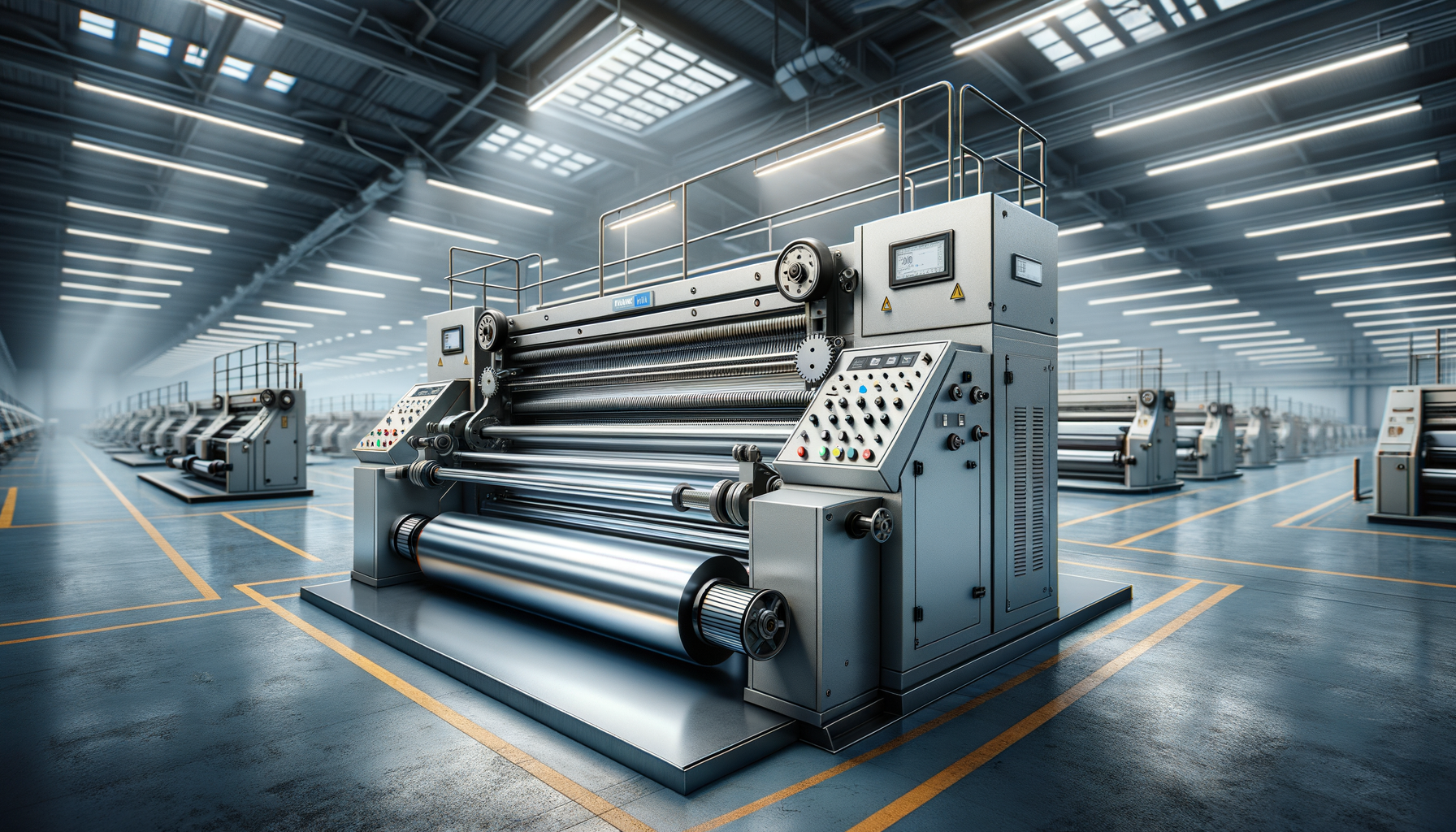Introduction to Slitting Machines
In the world of manufacturing, precision and efficiency are key to maintaining competitive advantage. Slitting machines, including the sheet metal slitter and the automatic slitter rewinder, play a crucial role in this regard. These machines are designed to cut large rolls of material into narrower strips or sheets, making them indispensable in industries ranging from packaging to automotive manufacturing.
Understanding the function and benefits of these machines can help businesses optimize their production processes. This article delves into the specifics of sheet metal slitters and automatic slitter rewinders, highlighting their importance and applications in various industries.
Understanding Sheet Metal Slitters
Sheet metal slitters are specialized machines used to cut metal sheets into narrower widths. These machines are vital in industries like automotive, construction, and aerospace, where precise metal components are required. The process involves feeding a large coil of metal through the slitter, which uses rotary knives to cut the metal into desired widths.
The advantages of using a sheet metal slitter include:
- Enhanced Precision: Sheet metal slitters are designed to deliver precise cuts, ensuring each strip meets exact specifications.
- Increased Efficiency: By automating the cutting process, these machines significantly reduce labor costs and time.
- Versatility: They can handle various types of metals, including steel, aluminum, and copper.
Incorporating a sheet metal slitter into a manufacturing process can lead to substantial improvements in productivity and product quality.
The Role of Automatic Slitter Rewinders
Automatic slitter rewinders are used to cut and rewind materials such as paper, film, and non-wovens. These machines are essential in industries like packaging, where materials need to be cut to specific sizes and rewound for further processing or distribution. The automatic feature allows for continuous operation without manual intervention, improving efficiency.
Key benefits of automatic slitter rewinders include:
- Consistency: Automated systems ensure uniform cuts and rewinds, reducing waste and enhancing quality.
- Speed: These machines can operate at high speeds, significantly increasing throughput.
- Flexibility: They can be adjusted to handle different materials and sizes, making them adaptable to various production needs.
For companies looking to streamline their production, investing in an automatic slitter rewinder can be a strategic move.
Comparing Sheet Metal Slitters and Automatic Slitter Rewinders
While both machines serve the purpose of cutting materials, they are tailored for different applications and materials. Sheet metal slitters are specifically designed for cutting metals, whereas automatic slitter rewinders are used for non-metal materials like paper and plastic.
When deciding between these machines, consider the following factors:
- Material Type: Choose a machine based on the type of material you primarily work with.
- Production Volume: Automatic slitter rewinders are ideal for high-volume production due to their speed and automation.
- Precision Requirements: For applications requiring high precision, a sheet metal slitter may be more suitable.
Understanding the specific needs of your production process will guide you in choosing the right equipment.
Conclusion: The Impact of Slitting Machines on Manufacturing
Slitting machines, whether sheet metal slitters or automatic slitter rewinders, are integral to modern manufacturing. They enhance efficiency, precision, and versatility across various industries. By investing in these machines, companies can improve their production capabilities, reduce waste, and maintain a competitive edge in the market.
As technology advances, these machines continue to evolve, offering even greater benefits and applications. Staying informed about the latest developments in slitting technology can help businesses make informed decisions and optimize their operations for future success.




Leave a Reply